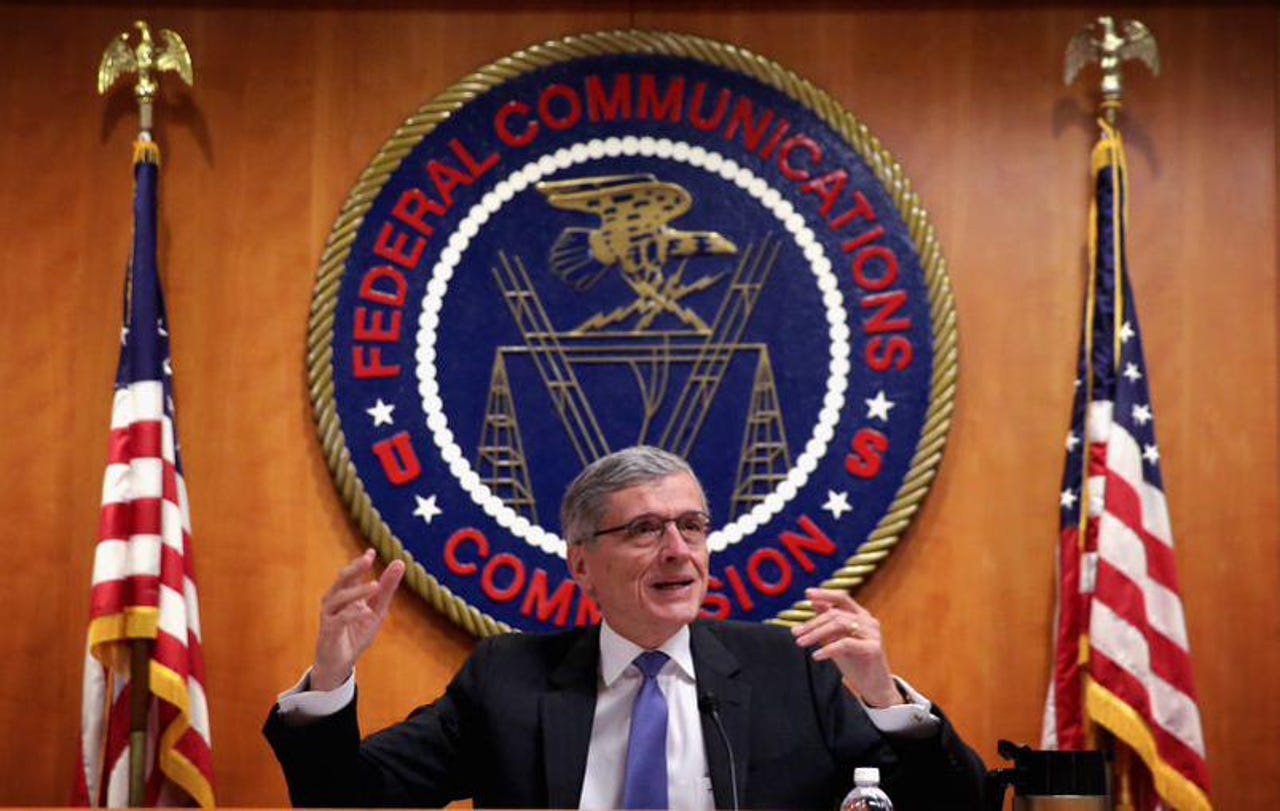FCC just tripled the number of US households without broadband

No, federal regulators didn't spend all night unplugging millions of home routers from the wall, cutting them off from the Internet.
But new rules by the federal agency tasked with overseeing the U.S. internet services market aim to make speeds faster.
The U.S. Federal Communications Commission voted Thursday to reclassify "broadband" as serving households with download speeds of 25 Mbps, and 3 Mbps up.
That's an increase from 4 Mbps down to 1 Mbps up under the old rules.
The measure passed in a 3-2 vote.
The new rules dictate that if download speeds fall short of the new threshold, internet providers can no longer call the connection "broadband." Before, about 6.3 percent of U.S. households didn't have broadband. Now that figure has more than tripled to 19.4 percent without access to broadband speeds.
The new rules aim to help spur on faster broadband deployment across the U.S., particularly in areas where there is little or no competition. In order for internet companies to sell their services as broadband, it would have to meet the new threshold.
Most internet companies opposed the change in definition, because it meant DSL services were effectively taken out of the equation. Most cable and fiber connections meet the new standards, but DSL remains a widely used and important standard.
The FCC said in a statement following the vote that internet companies are "failing to keep pace," especially in rural areas where high-speed internet access is difficult or impossible to obtain.
FCC Commissioner Tom Wheeler said that although 80 percent of Americans can acces the new standard, there's a "problem" when the remainder can't.
